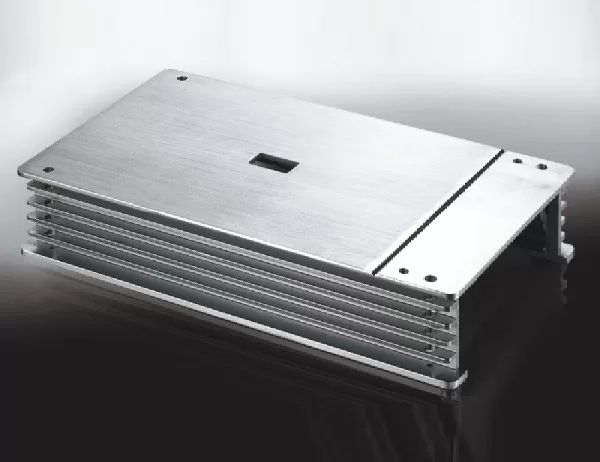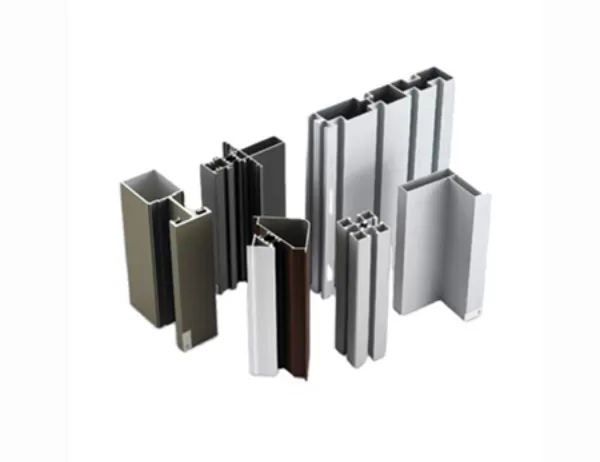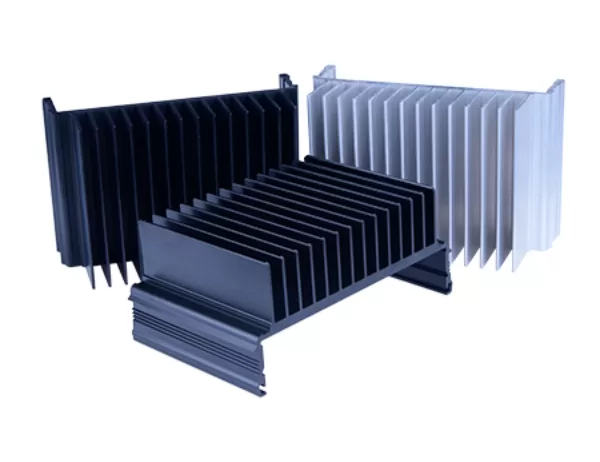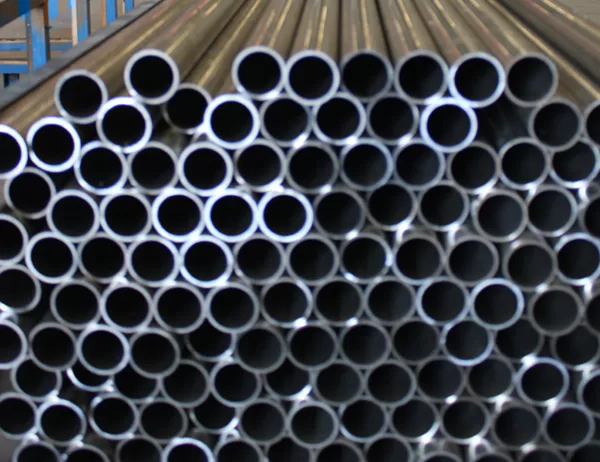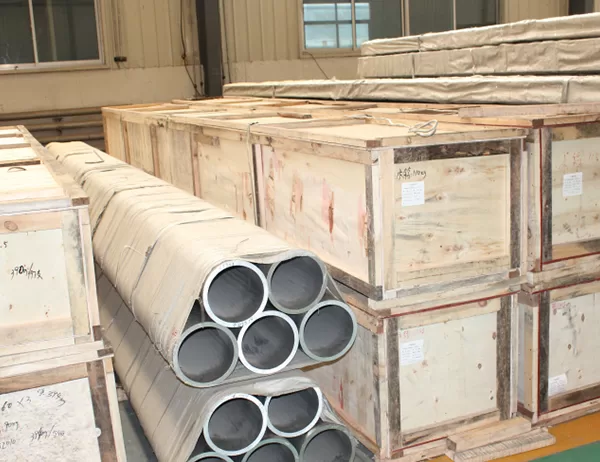Safety Considerations with Extruded Aluminum Tubes: A Comprehensive Guide for Engineers
In the realm of engineering design, where precision and safety reign supreme, extruded aluminum tubes emerge as a versatile material choice. Their exceptional strength, corrosion resistance, and lightweight nature make them indispensable in various industries. However, handling and incorporating extruded aluminum tubes into designs requires meticulous attention to safety considerations.
Potential Hazards and Mitigation Strategies
1. Sharp Edges: Extruded aluminum tubes feature sharp edges during and after the extrusion process. These edges can pose a laceration risk to individuals handling the tubes. Implementing proper handling procedures, including wearing protective gloves and avoiding direct contact with sharp surfaces, mitigates this hazard.
2. Surface Heat: Extrusion processes generate significant heat, which can transfer to the tube surface. Insufficient cooling time can lead to burns or other thermal injuries. Allow ample time for the tubes to cool before handling and instruct personnel to wear heat-resistant gloves for protection.
3. Structural Integrity: Aluminum tubes, despite their inherent strength, can fail under excessive force. Careful consideration of design loads, proper support systems, and stress analysis ensure structural integrity and prevent catastrophic failures.
4. Electrical Hazards: Aluminum is a good electrical conductor. Contact with live electrical sources can result in electrocution. Proper grounding and isolation methods, coupled with adherence to electrical safety regulations, are crucial to mitigate this hazard.
5. Ergonomic Considerations: Prolonged manual handling of heavy extruded aluminum tubes can strain muscles and joints. Employing ergonomic lifting techniques, using material handling equipment, and providing sufficient rest periods can reduce musculoskeletal disorders.
Best Practices for Safe Handling
1. Proper Handling Equipment: Use lifting straps, clamps, or hoists to move heavy or bulky tubes. Never attempt to lift heavy tubes manually.
2. Protective Gear: Always wear appropriate safety gear, including gloves, protective eyewear, and sturdy footwear.
3. Adequate Storage: Store tubes in a dry, stable location with proper ventilation to prevent corrosion and deformation.
4. Training and Education: Regularly train personnel on safe handling procedures, potential hazards, and emergency response protocols.
5. Risk Assessment: Conduct thorough risk assessments before handling extruded aluminum tubes. Identify potential hazards, evaluate the likelihood and severity of risks, and implement appropriate control measures.
By adhering to these safety considerations, engineers can harness the exceptional properties of extruded aluminum tubes with confidence, ensuring the safety and integrity of their designs and work environments.
